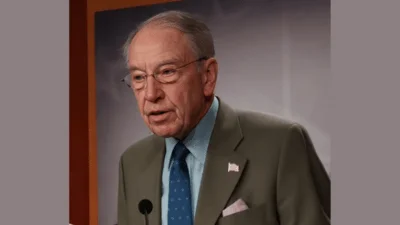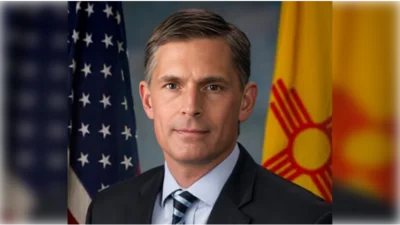The United States has long been a leader in addressing infectious diseases. During the 2022 global outbreak of clade II mpox, the Biden-Harris Administration responded by providing vaccines, tests, and treatment to those at risk both domestically and internationally. Currently, the Democratic Republic of the Congo (DRC) is experiencing its largest recorded mpox outbreak with over 50,000 suspected cases in 2024. Neighboring countries have also reported their first-ever mpox cases, with some facing widespread outbreaks. Travel-related cases have emerged outside Africa.
In response to this Central and Eastern African outbreak, President Biden announced at the UN General Assembly in September that the U.S. would commit at least $500 million and donate up to one million doses of mpox vaccines to support African nations. The U.S. has fulfilled two-thirds of its funding pledge and made all pledged vaccine doses available for countries ready to receive them.
Domestically, the U.S. is prepared for clade I and clade II mpox cases through early detection, robust testing across the country, increased clinician education, community outreach, and widely available vaccines in pharmacies and clinics. Travel-associated cases have been detected in Canada, Germany, India, Sweden, Thailand, and the UK. In November 2024, a case of clade Ib mpox was identified in a California resident who had traveled abroad; no further domestic detections have occurred as of December 5, 2024.
The Biden-Harris Administration collaborates closely with other countries and regional partners to tackle the mpox outbreak in Central and Eastern Africa. President Biden's announcement aligns with longstanding U.S. partnerships worldwide to prepare for health emergencies.
To enhance global collaboration on the mpox response, the U.S., alongside partners like the World Bank and WHO as well as Brazil as G20 President, has worked to compile pledges transparently through the WHO/World Bank Mpox Financial Tracking Mechanism (FTM). This tool helps identify resources available for response efforts while highlighting remaining financing gaps. Over 90% of financial needs for this response have been met.





